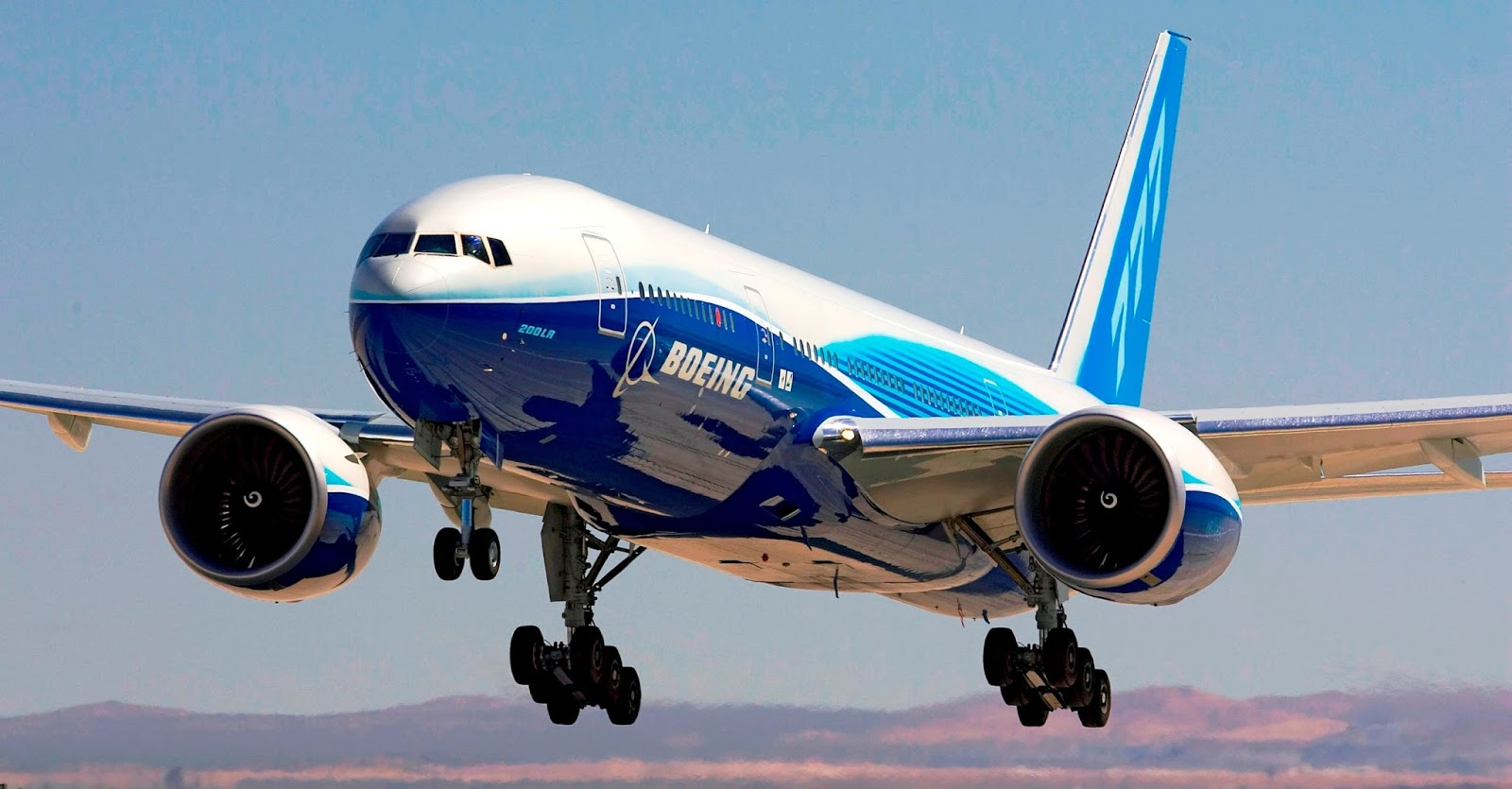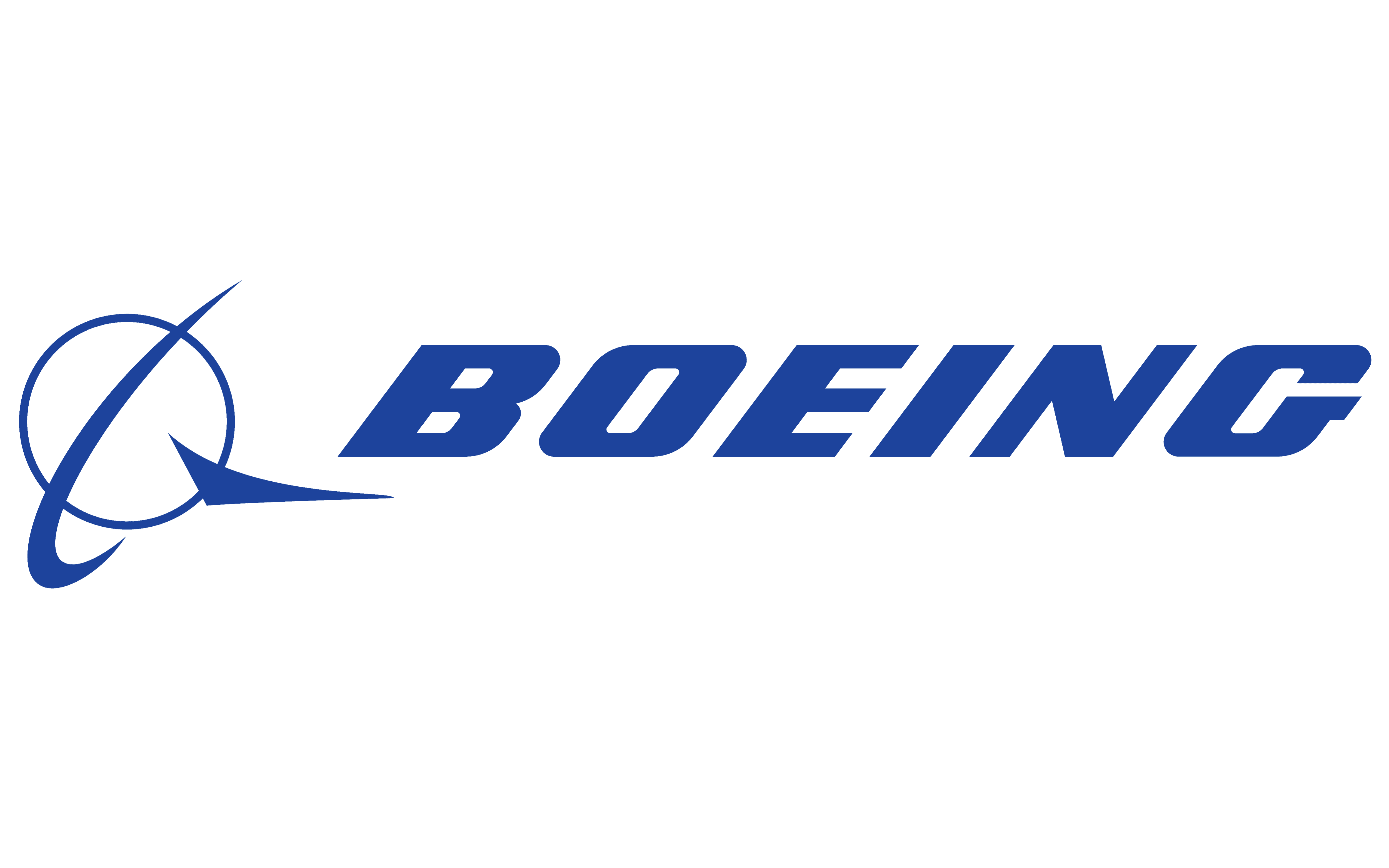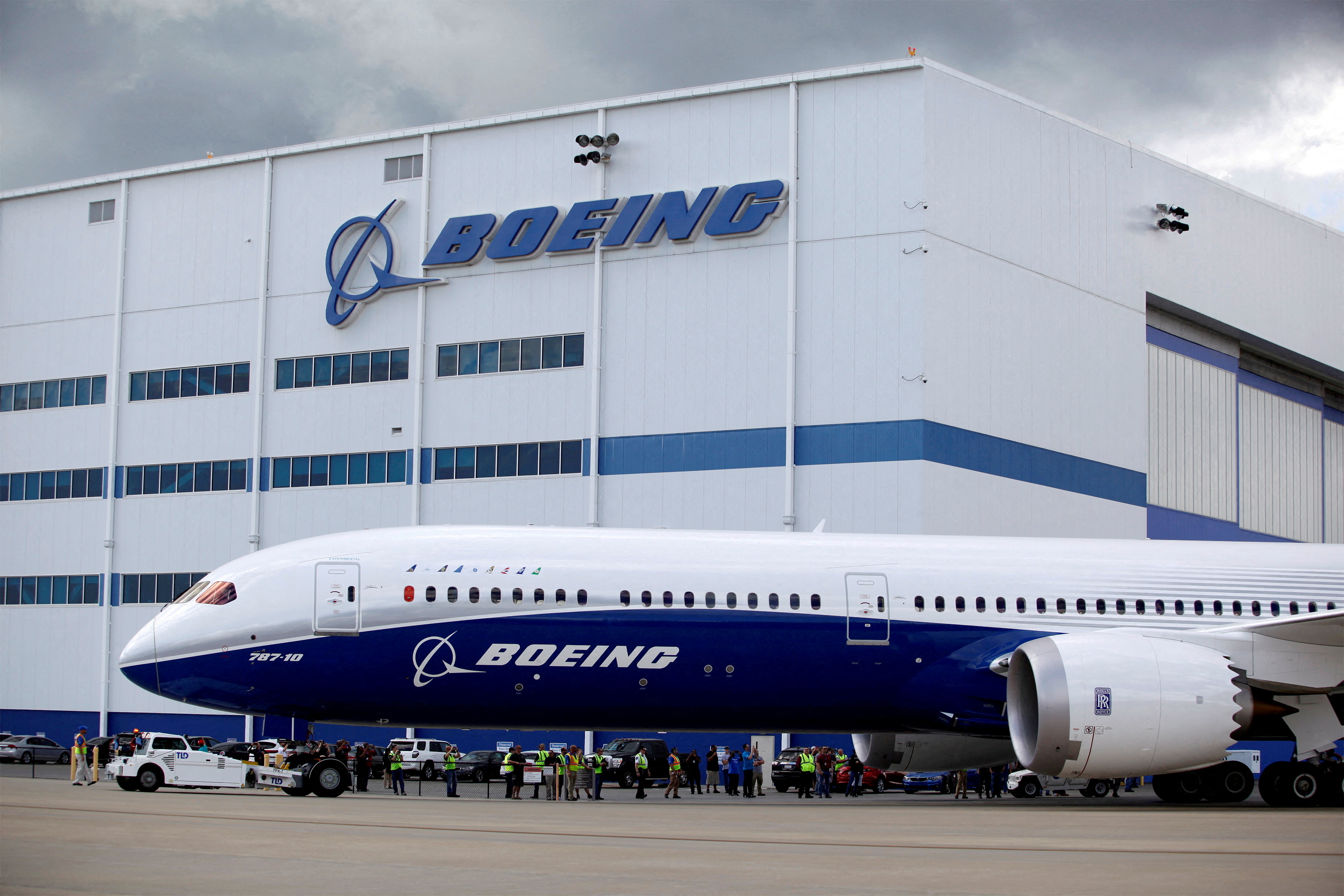Understanding Concerns About Employee Well-Being At Boeing And Beyond
Detail Author:
- Name : Berneice Rutherford V
- Username : zhalvorson
- Email : ceasar96@gmail.com
- Birthdate : 1988-04-04
- Address : 231 Ernesto Plaza Apt. 507 South Florianstad, DE 97546-0684
- Phone : +19013094447
- Company : Jast, Herman and McGlynn
- Job : Industrial Engineer
- Bio : Hic reprehenderit officia hic. Eligendi aut ut cum necessitatibus. Qui sed odit quia velit molestiae. Impedit provident saepe eum sit itaque.
Socials
linkedin:
- url : https://linkedin.com/in/kristin_purdy
- username : kristin_purdy
- bio : Praesentium laborum omnis et voluptate qui.
- followers : 1301
- following : 1044
twitter:
- url : https://twitter.com/kristin6378
- username : kristin6378
- bio : Ea quidem et ut praesentium. Eos magnam aut totam odio. Qui non quo voluptas doloremque minus inventore esse.
- followers : 5263
- following : 2158
facebook:
- url : https://facebook.com/kristin5139
- username : kristin5139
- bio : Enim deserunt praesentium explicabo minus odit aspernatur at.
- followers : 491
- following : 404
tiktok:
- url : https://tiktok.com/@purdy2021
- username : purdy2021
- bio : Consectetur labore harum recusandae vitae cumque eum.
- followers : 5418
- following : 800
instagram:
- url : https://instagram.com/kristin_xx
- username : kristin_xx
- bio : Saepe iure recusandae qui quasi exercitationem ipsam ab. Aut quae aliquam exercitationem.
- followers : 418
- following : 260
When we think about big companies, especially ones like Boeing that build amazing things, there's a natural curiosity, you know, about the people who make it all happen. It's pretty common, actually, for folks to wonder how things are for employees working in such demanding, high-stakes environments. There's a real sense of public interest, so, in the well-being of the workforce at these large, globally recognized corporations. It's about more than just the products; it's about the human stories behind them, and that, is that, something many people connect with.
For any large organization, keeping everyone safe and supported is a massive undertaking, a bit like orchestrating a very complex performance. There are so many moving parts, so many different roles, and a whole lot of pressure to get things right, every single time. This is true for any company with a large workforce, and it really highlights the importance of strong safety measures and a caring work culture. It’s about making sure that every person feels valued and protected, which is a big deal, more or less, for everyone involved.
This article aims to explore the general public's interest in employee welfare within major industrial companies, including Boeing, and discuss the broad aspects of workplace safety and support systems. It's important to be clear, however, that the text provided to help craft this piece—which talks about model airplanes like the Boeing 727 in 1/72nd scale, using decals for an Alitalia scheme, discussing differences between Boeing manager levels K, L, and M, or even sharing stories about 3D printed SST models and forum discussions where prizes are given out—does not, in fact, contain any specific information or details related to employee fatalities at Boeing. We'll be looking at the broader topic of employee well-being and safety, drawing on general knowledge about large corporations, but just a little, without fabricating any context from the provided text.
Table of Contents
- Understanding Workplace Safety in Big Companies
- Public Discourse and Employee Welfare
- Addressing Concerns: Steps Companies Take
- Looking Ahead: Fostering a Culture of Care
- Frequently Asked Questions
- Conclusion
Understanding Workplace Safety in Big Companies
Working for a large company, especially one involved in complex manufacturing like aerospace, comes with its own unique set of considerations regarding employee safety and well-being. It's not just about avoiding accidents, you know, but also about creating an environment where people can thrive and feel secure. The sheer scale of operations, with so many different departments and roles, means that safety protocols need to be incredibly thorough, and that, is pretty much a given.
The Human Element in Manufacturing
Building something as intricate as an airplane, for instance, requires incredible precision and a lot of coordinated effort from many, many individuals. From the engineers designing parts to the technicians on the assembly line, every step, in a way, depends on human skill and focus. There's a lot of pressure, naturally, to meet deadlines and maintain very high quality standards, which can sometimes add to the stress of the job. We see this with discussions about different management levels, like the Boeing manager levels K, L, and M; these structures are there to help organize such massive undertakings, but they also highlight the layers of human responsibility involved.
Consider the manufacturing process itself; it can involve heavy machinery, specialized tools, and working with various materials. This is why, you know, things like proper training and strict adherence to safety guidelines are absolutely essential. It's not just about the equipment; it's about the people operating it, and making sure they have all the support they need to do their jobs safely, every single day. A lot of thought goes into designing safe workspaces, actually, but the human factor remains central to keeping everyone out of harm's way.
Beyond Physical Safety: Mental Well-being and Support
Workplace safety isn't just about preventing physical injuries; it also includes the mental and emotional health of employees, which is, honestly, just as important. The demands of a high-pressure job, long hours, or even the repetitive nature of some tasks can take a toll on a person's mental state. This is why, you know, discussions around employee well-being increasingly focus on stress management, burnout prevention, and providing access to mental health resources. It’s about fostering an atmosphere where people feel comfortable seeking help if they need it, which is, in some respects, a sign of a truly supportive workplace.
A company's culture, pretty much, plays a huge part in this. When employees feel heard, valued, and that they have a good work-life balance, it contributes significantly to their overall happiness and resilience. This can be influenced by everything from how managers communicate to the availability of support programs. Even in communities like online forums, where people discuss things like building a 1/144 scale kit or a 3D printed SST model, you see the importance of shared experiences and support, which mirrors the need for connection and understanding within a large company, too it's almost.
Public Discourse and Employee Welfare
The public, quite naturally, pays close attention to how large companies, particularly those with a significant public profile like Boeing, treat their employees. There's a strong sense that these organizations have a responsibility to their workforce, and that, is something many people feel strongly about. When concerns about employee welfare surface, they often become a topic of widespread discussion, impacting how the company is viewed by customers, investors, and the general public alike.
Media Scrutiny and Public Trust
News outlets and social media, you know, often highlight stories related to workplace conditions, safety incidents, or employee satisfaction. These reports can shape public perception very, very quickly. For a company like Boeing, which is so central to global travel and defense, maintaining public trust is incredibly important. Any perceived issues with employee welfare can affect that trust, potentially leading to questions about product quality or ethical practices. It’s a bit like when you hear about a heavy plane with high density altitude and no flaps; it immediately raises concerns about safety, doesn't it? Public scrutiny, in a way, acts as a constant reminder of the need for transparency and accountability.
This attention means that companies are, more or less, always under a microscope. They need to be proactive in addressing any concerns and communicating their commitment to employee well-being. It’s not just about reacting to problems, but about building a reputation for being a responsible employer over time. This ongoing dialogue, arguably, helps keep employee welfare at the forefront of corporate priorities, which is a good thing for everyone.
The Role of Employee Voices
Employees themselves are, obviously, the most important source of information about their working conditions. Their experiences, feedback, and concerns are absolutely vital for any company looking to improve its workplace environment. When employees feel empowered to speak up, and when their voices are genuinely heard, it can lead to significant positive changes. This includes formal channels like surveys and grievance procedures, but also informal conversations and a general sense of openness, you know, within teams.
Online forums, like the one mentioned in the provided text where people register to post and access features, and where prizes are given out, show how important community and shared experience can be. Similarly, within a company, creating spaces where employees can share their perspectives without fear of reprisal is crucial. It helps identify potential issues early on and fosters a culture where safety and well-being are a shared responsibility. This kind of feedback, literally, helps shape better policies and practices, which is something every organization should value.
Addressing Concerns: Steps Companies Take
Large corporations, including those in the aerospace sector, put a lot of effort into developing comprehensive strategies to ensure employee safety and well-being. These efforts usually involve a combination of strict protocols, ongoing training, and various support systems designed to protect their workforce. It's a continuous process, you know, always looking for ways to improve and adapt to new challenges.
Safety Protocols and Training
At the heart of workplace safety are the detailed protocols and regular training sessions that employees undergo. These aren't just suggestions; they are often mandatory guidelines designed to minimize risks in complex work environments. For example, in manufacturing, this might involve specific procedures for operating machinery, handling hazardous materials, or even guidelines for moving large components, like the "hi/wide dimensional loads" mentioned in the provided text. These protocols are, typically, reviewed and updated often to reflect new technologies or lessons learned.
Training programs, you know, aren't a one-time thing either. They are usually ongoing, with refreshers and specialized courses for different roles. This ensures that everyone, from new hires to experienced veterans, is up-to-date on the best safety practices. It’s about building a collective awareness and a shared commitment to safety, making sure that everyone understands their role in keeping the workplace secure, which is, honestly, a massive undertaking for any big company.
Support Systems and Resources
Beyond physical safety, companies also provide a range of support systems aimed at employee well-being. These can include employee assistance programs (EAPs) that offer counseling services, financial advice, or legal consultation. Many companies also focus on promoting work-life balance through flexible work arrangements or wellness programs. These resources are there to help employees manage stress, deal with personal challenges, and maintain a healthy lifestyle, which, in some respects, is just as important as physical safety.
For example, you know, when someone is trying out a new technique, like working out a natural metal finish on a model using AK Interactive aluminum, dark, as mentioned in the provided text, they might need support or guidance. Similarly, in a real work setting, employees need accessible support when facing challenges, whether professional or personal. Creating a culture where these resources are easily available and encouraged helps foster a more resilient and cared-for workforce. It's about providing a safety net, you know, for when things get tough.
Looking Ahead: Fostering a Culture of Care
The conversation around employee well-being, especially in large, impactful companies like Boeing, is always moving forward. It’s not a static goal but a continuous journey of improvement and adaptation. The aim, pretty much, is to build a work environment where every individual feels safe, supported, and that they can contribute their best. This involves listening to feedback, staying current with best practices in workplace health, and investing in resources that genuinely make a difference in people's lives.
A truly caring culture, you know, goes beyond compliance with regulations; it's about proactively nurturing a sense of belonging and mutual respect. It's about recognizing the immense contribution of each employee, from those meticulously applying decals to a model Boeing 727 to those managing complex projects at the highest levels, like the manager levels K, L, and M. By prioritizing the human element, companies can ensure a more sustainable and positive future for everyone involved. This ongoing commitment, you know, helps create a workplace where people feel truly valued, which is, arguably, the best outcome for any organization.
Frequently Asked Questions
What steps do large companies take to ensure employee safety?
Large companies typically implement very strict safety protocols, you know, covering everything from machinery operation to emergency procedures. They also provide regular training sessions and refreshers to ensure all employees are up-to-date on the latest safety practices. There are often dedicated safety teams, too it's almost, whose job it is to constantly monitor and improve workplace conditions.
How do companies support the mental well-being of their employees?
Many big companies offer various support systems for mental well-being, including employee assistance programs (EAPs) that provide counseling, and resources for stress management. They also often promote work-life balance through flexible scheduling options and wellness initiatives. It's about creating an environment, in a way, where employees feel comfortable seeking help and support, which is, honestly, very important.
Why is public interest in employee welfare at big companies so strong?
The public, you know, tends to have a strong interest in how large, influential companies treat their workforce because it reflects on the company's overall ethical standards and commitment to social responsibility. Media coverage and public discourse often highlight these issues, shaping perceptions and encouraging transparency. It’s a bit like how people follow news about heavy planes or new aircraft models; there's a general curiosity about the inner workings and the people behind them.
Conclusion
The well-being of employees, especially within large and complex organizations like Boeing, is a topic that rightly captures public attention. It’s clear that creating a safe, supportive, and healthy work environment is not just a regulatory requirement but a fundamental aspect of a responsible business. From ensuring physical safety through rigorous protocols and training to addressing mental health through accessible support systems, companies have a continuous responsibility to their workforce. By fostering a culture where every voice is heard and every individual is valued, organizations can build a stronger, more resilient foundation for their future. Learn more about employee well-being programs on our site, and link to this page for more insights into workplace safety.

Boeing To Increase Seating Capacity on Boeing 777 Series | Aircraft

Boeing Logo and symbol, meaning, history, PNG, brand

Focus: Boeing wants to build its next airplane in the 'metaverse' | Reuters